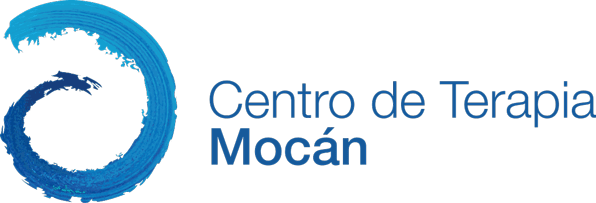Osteopathy
The holistic medicine
„Find it, fix it and leave it alone“

ANDREW TAYLOR STILL
The founder of osteopathy
Still was born in 1828, the son of a doctor. He accompanied his father to work and became a doctor himself. He quickly discovered that classical medicine had its limits and, in many cases, yielded no benefits at all. He broadened his studies with the aid of analyses and post-mortem examinations, and discovered that the body possesses self-healing powers. He viewed his patients as a whole, and this permitted him to determine the original illness.
The term “osteopathy” has been in use since 1874. The first osteopathic schools in Europe were founded during the early 1900s.


